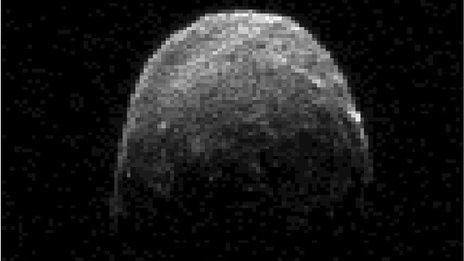Asteroid hunters announce private deep space mission
- Published
- comments
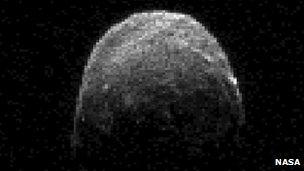
A radar image shows the large asteroid 2005 YU55 that harmlessly passed Earth last year
Details have been released of an ambitious asteroid-hunting mission that a Californian non-profit organisation hopes to launch later this decade.
The Sentinel infrared telescope would be put in space to find and track potentially hazardous rocks near Earth.
The B612 Foundation, external project will cost several hundred million dollars, and big donations are being sought from around the world to fund the exercise.
Mission team members include former astronauts and senior Nasa officials.
Renowned manufacturer Ball Aerospace and Technologies Corporation, external has already sketched an early design for the telescope.
The foundation has been working for almost 10 years to try to raise awareness of the dangers that lurk in space, and has conducted technical studies on how one might deflect an asteroid on a collision path with Earth.
But it says there is an urgent need to identify where all the dangerous rocks are, and the time has now come for the private, philanthropic sector to take on the task.
"All of us have come to realise in the last several years that the human environment is not only land, water and air, but is also space," said Rusty Schweickart, the Apollo 9 astronaut, external and chairman emeritus at B612.
"All of us know today the value of communications satellites, weather satellites, resources satellites, etc. And among them, with our Sentinel mission, will be a satellite that provides public safety in the sense of enabling the prevention of asteroid impacts and devastation in the future."

On average, an object about the size of car will enter Earth's atmosphere once a year, producing a spectacular fireball in the sky.
About every 2,000 years or so, an object the size of a football field will impact Earth, causing significant local damage.
And then, every few million years, a rock turns up that has a girth measured in kilometres. An impact from one of these will produce global effects.
Current surveys suggest we have probably found a little over 90% of the true monsters out there, and none look like they will hit us.
It is the second category that the foundation's mission will seek to investigate. The vast majority of these rocks await discovery.
"We've found a bit less than 1% of the objects out that that can do harm," explained Schweickart.
Ed Lu, former shuttle astronaut, external and CEO of the foundation, added: "Eventually we will have to deflect an asteroid; we know that. Because essentially, we're playing cosmic roulette. We're flying around the Solar System with these other objects and the laws of probability eventually catch up with you."
The Sentinel telescope will lean heavily on hardware that has already been proven on previous Ball designs, such as Nasa's Kepler planet-hunter and its Spitzer infrared space observatory.
From its position close to Venus's orbit, it will be able to look out and build maps of the space environment in Earth's neighbourhood.
Its infrared detectors will be sensitive to wavelengths of light in the range from five to 10.4 microns. It is in this range that the asteroids will glow brightly.
During the 5.5-year mission, the telescope would expect to catalogue 500,000 new asteroids, including more than 90% of those large enough to cause a 100 megaton impact should they strike Earth (in other words, objects that are 140m wide or larger).
But the Sentinel would also expect to find about 50% of the rocks down to a diameter of 30m - the sort of object that in 1908 laid waste to a vast swathe of forest at Tunguska in Siberia, external.
The hope would be that the data returned by the telescope would allow the orbits of all these asteroids to be determined for about the next 100 years. We would then have sufficient time to develop a mitigation strategy if any of the objects are considered to have a high probability of hitting our planet.
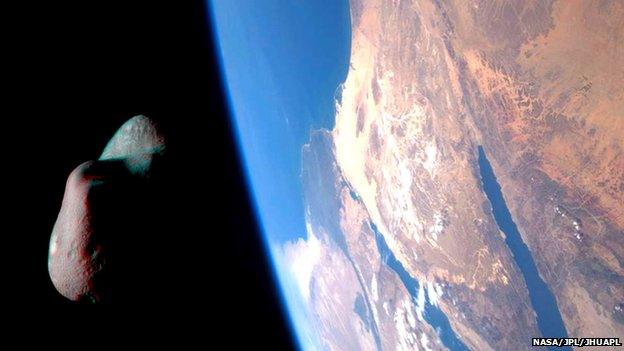
The mission aims to find the rocks capable of causing damage should they hit the Earth
A launch for the Sentinel telescope is being targeted for 2017 or 2018. The group hopes to use the SpaceX Falcon 9 rocket, which recently made history by sending the first privately developed cargo ship to the International Space Station.
Nasa has a direct involvement by allowing its antenna network to be used to receive all of the Sentinel's data, but the US space agency will not be funding any part of the venture. That will require donations.
The foundation says the project would cost no more than setting up a museum, an opera theatre, or academic building - all of which succeed in attracting the support of private benefactors.
"There's a long tradition of funding large telescopes philanthropically," Lu told BBC News.
"If you look at the major telescopes put up over the past 100 years, they are dominated by privately funded endeavours - the Keck telescope, the Lick Observatory, Mount Palomar.
"The difference is that our telescope is not going to be sitting on a mountaintop but will be orbiting the Sun."
B612 takes its name from the asteroid home of the Little Prince in the children's short novel Le Petit Prince written by Antoine de Saint-Exupery.
The foundation has no formal connection with Planetary Resources, external, the American company which in April announced its intention to spearhead a robotic asteroid mining industry.
- Published11 June 2012
- Published11 May 2012
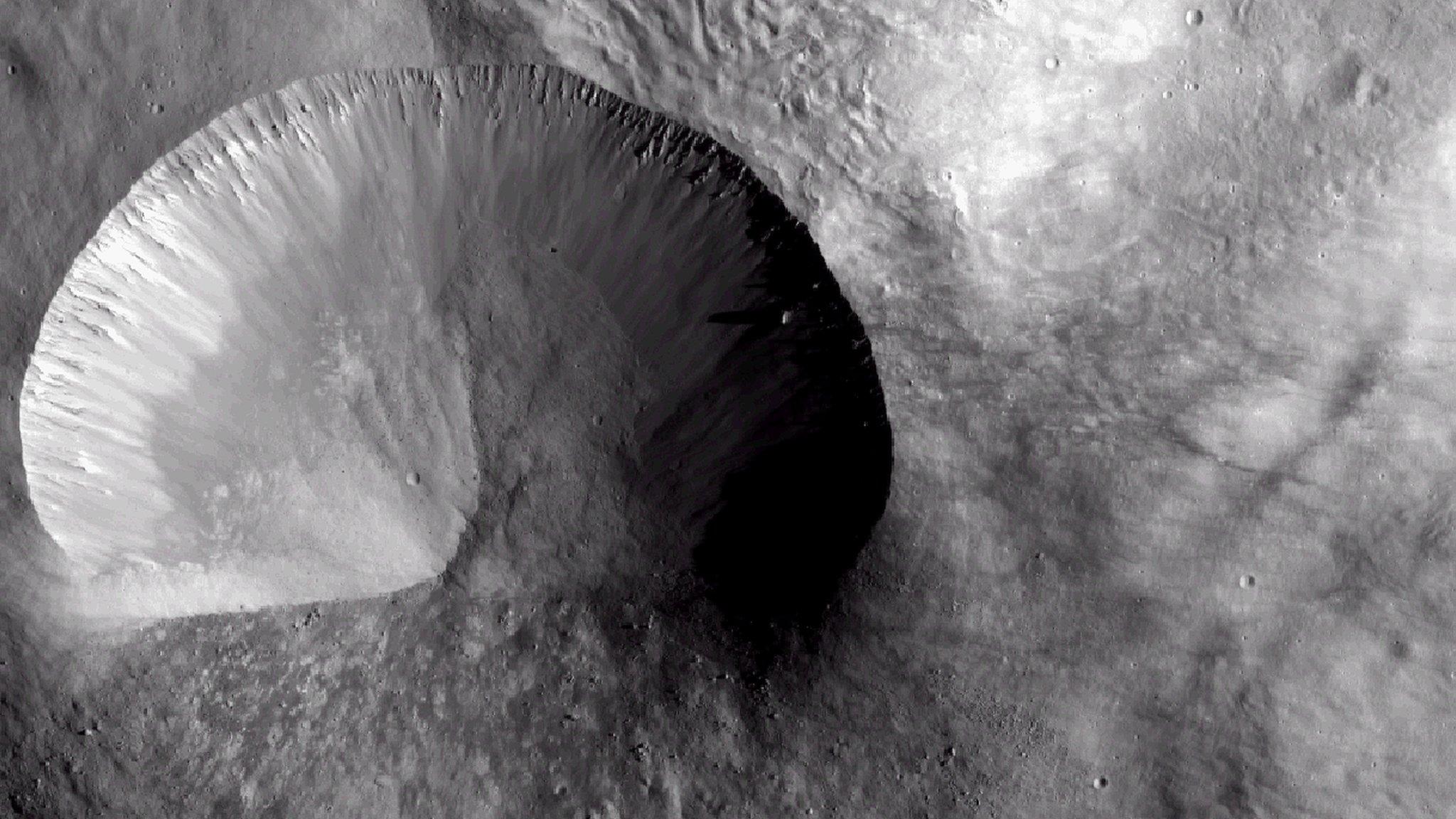
- Published24 April 2012
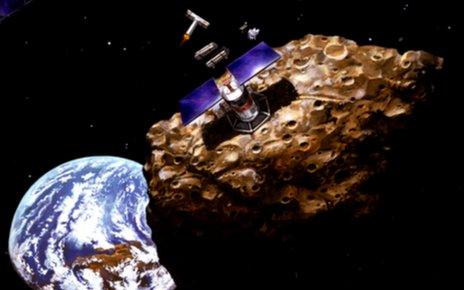
- Published29 March 2012
- Published20 January 2012
- Published9 November 2011
